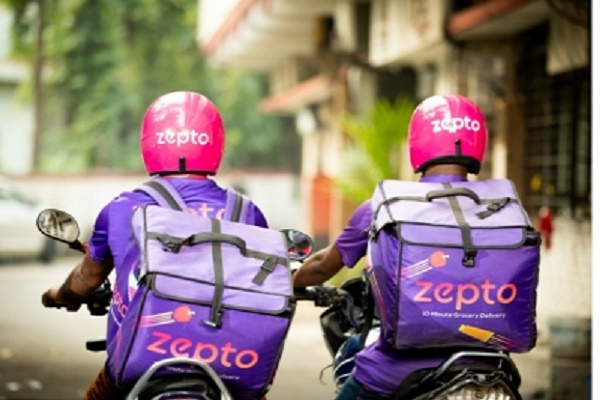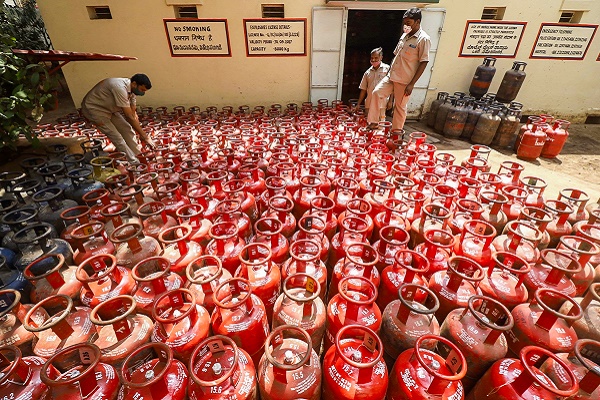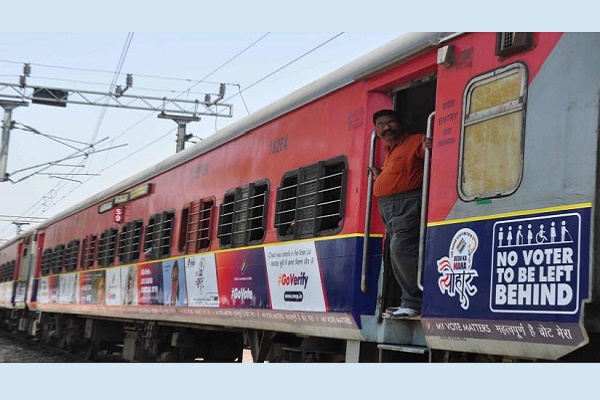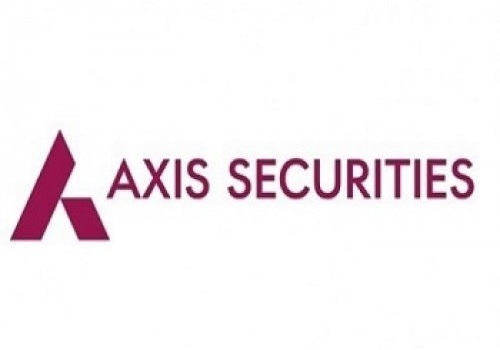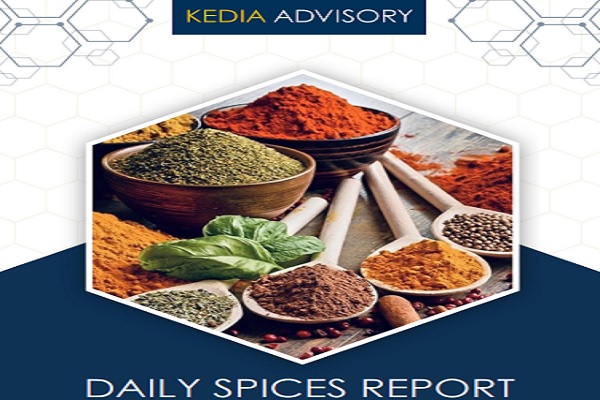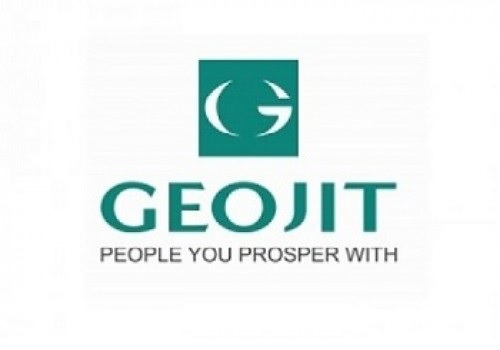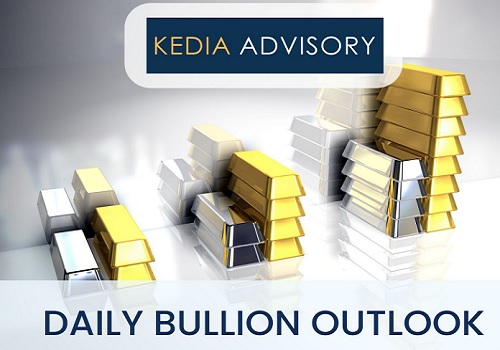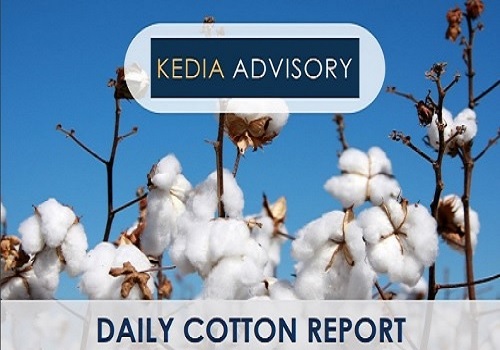B2B Jewellery Story: Where Craft turns into Commerce & Gold becomes Growth by Choice Broking Ltd

India became the world’s largest gold jewellery market in CY24, with demand rising to 563 tonnes, surpassing China’s 479 tonnes. This is supported by strong structural demand drivers like:
* India’s consumer economy is expanding with rising household incomes (India’s per capita income grew ~5.5% CAGR to USD 2,878 in FY25), driving premiumisation and growing appetite for luxury, fuelled by enduring wedding and festive demand.
* The jewellery market is witnessing a strong shift towards organised players — rising from just 5% in CY05 to 35% in CY23 and projected to reach ~60% by CY29E — driven by mandatory hallmarking, expanding branded retail presence in Tier-2/3 cities and growing consumer trust in organised brands.
We believe the rapid scale-up of organised jewellery retail chains is structurally positive for B2B gold jewellery manufacturers. It not only ensures greater business visibility and operational stability but also accelerates the sector’s formalisation. Over the medium term, B2B players with strong design agility, automation-driven production, flexibility to move across karat categories and compliance-led manufacturing will emerge as preferred partners, benefiting disproportionately from the expansion of organised retail.
Recent gold price increase may create near-term volume pressure; however, companies with strong pan-India presence, integrated operations, design strength, and expansion focus should remain resilient. Festive and wedding demand will further support volumes.
We initiate coverage on the recently listed Shringar House of Mangalsutra (SHRINGAR) and Shanti Gold International (SHANTIGOLD), as both are well-positioned to capitalise on the structural shift from the unorganised to the organised jewellery segment, supported by expanding retail networks, expanding manufacturing capabilities, growth capital through the IPO proceeds and rising consumer preference for hallmarked and certified jewellery that enhances trust and transparency.
SHRINGAR, a leading player in the mangalsutra segment, holds a 6% market share in 2023, projected to rise to 10% over the next 1-2 years. SHRINGAR is expanding its pan-India supply chain to capture demand from underserved tier-2 to tier-4 markets. The company’s strong B2B positioning is reinforced by its longstanding relationships with India’s top jewellery brands, including Titan (Tanishq), Malabar Gold, etc
SHANTIGOLD holds a strong position in the bridal jewellery segment, which constitutes nearly 52% of India’s overall jewellery demand — providing it with a key competitive edge. The company is expanding its capacity to 3,900 kg with a new Jaipur facility focused on machine-made plain gold jewellery. Its strength is further reinforced by robust in-house design capabilities, backed by a team of over 80 skilled designers.
View & Valuation:
SHRINGAR: We value the company using the DCF approach and initiate coverage with a target price of INR 295, with a 27.0% upside and a BUY rating. This equates to an implied PE of 21x (Base case – we have assumed gold price at INR 10.5 Mn/kg for FY26, against the prevailing gold price of 12.4 Mn/kg) and a PEG ratio of 0.58.
SHANTIGOLD: We value the company using the DCF approach and initiate coverage with a target price of INR 350, with a 43.0% upside and a BUY rating. This equates to an implied PE of 19x (Base case – we have assumed gold price at INR 10.5 Mn/kg for FY26, against the prevailing gold price of 12.4 Mn/kg) and a PEG ratio of 0.46.
Key Risks to Thesis:
Working capital-intensive business: The business model demands substantial working capital for raw material purchases (gold), requiring immediate payment, while clients receive credit. Inability to secure additional financing on favourable terms could delay or constrain growth strategies and operations. The funds raised through the IPO strengthen the liquidity position of these companies, enabling to meet working capital needs and support growth
Gold price volatility: Rising gold prices boost margins but may reduce volumes, while falling prices lift volumes but compress margins. Hedging through futures or options stabilises costs, safeguards margins, and ensures pricing discipline and these companies may pursue hedging policies as they are now in the public market.
For Detailed Report With Disclaimer Visit. https://choicebroking.in/disclaimer
SEBI Registration no.: INZ 000160131

